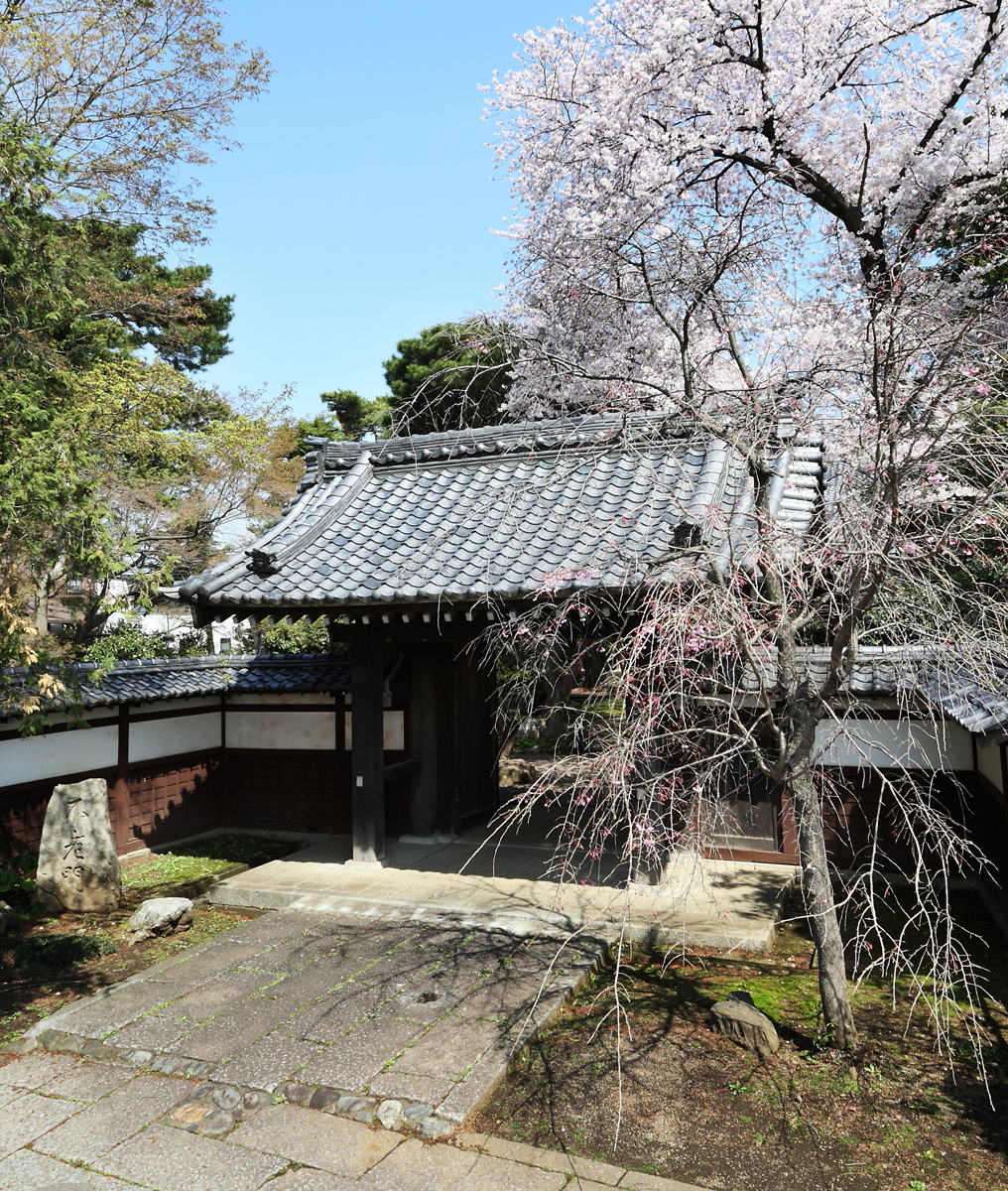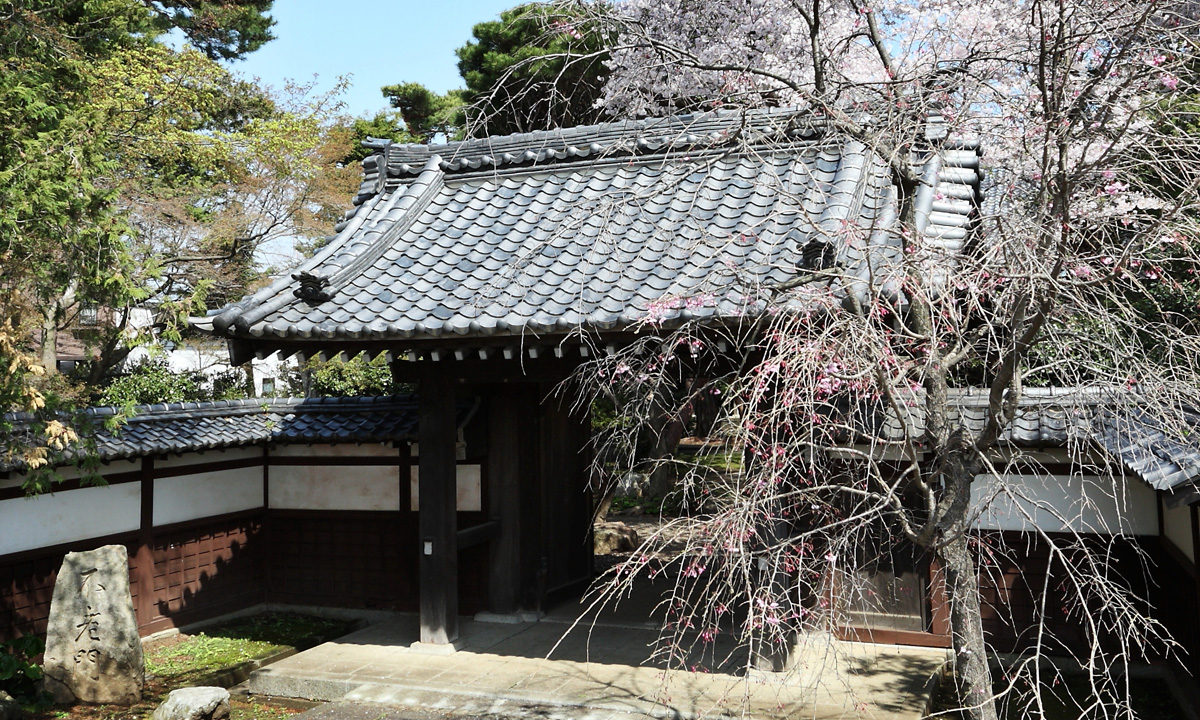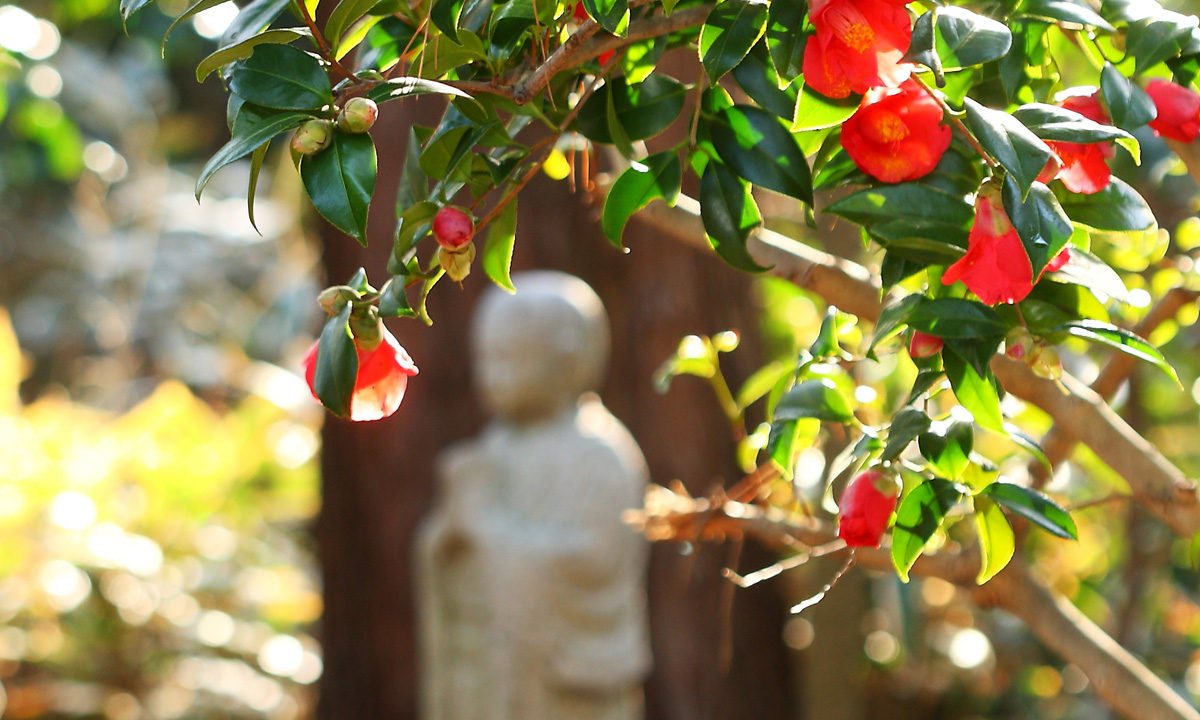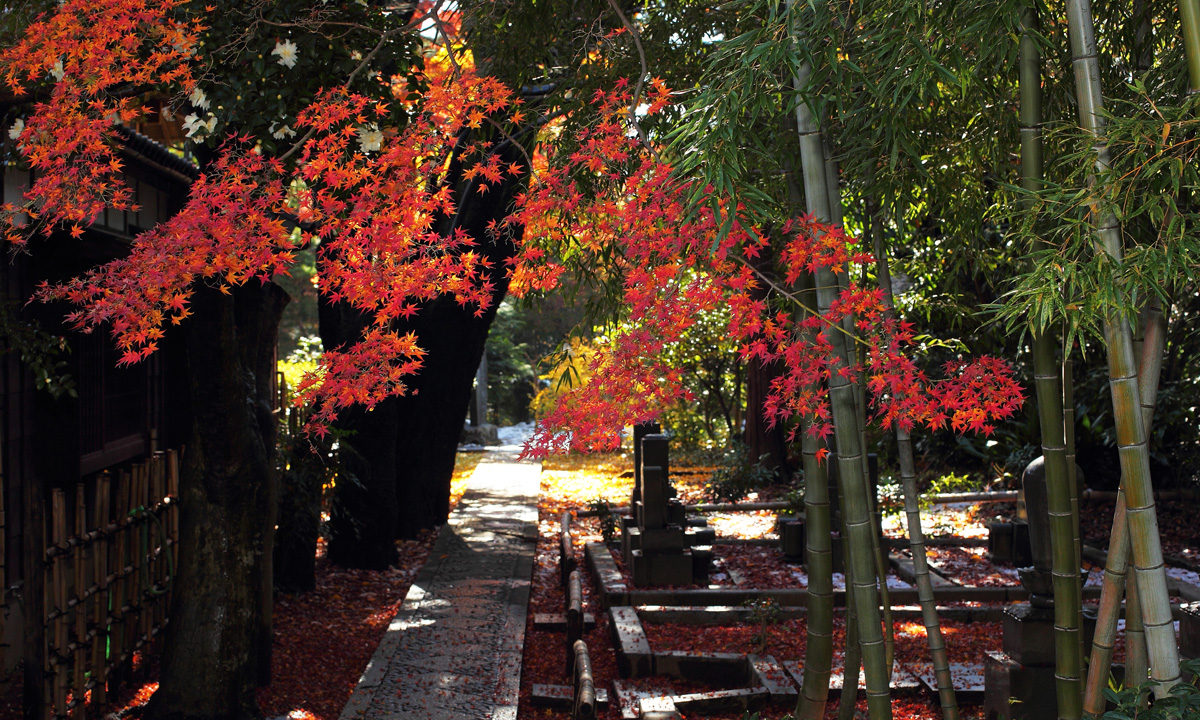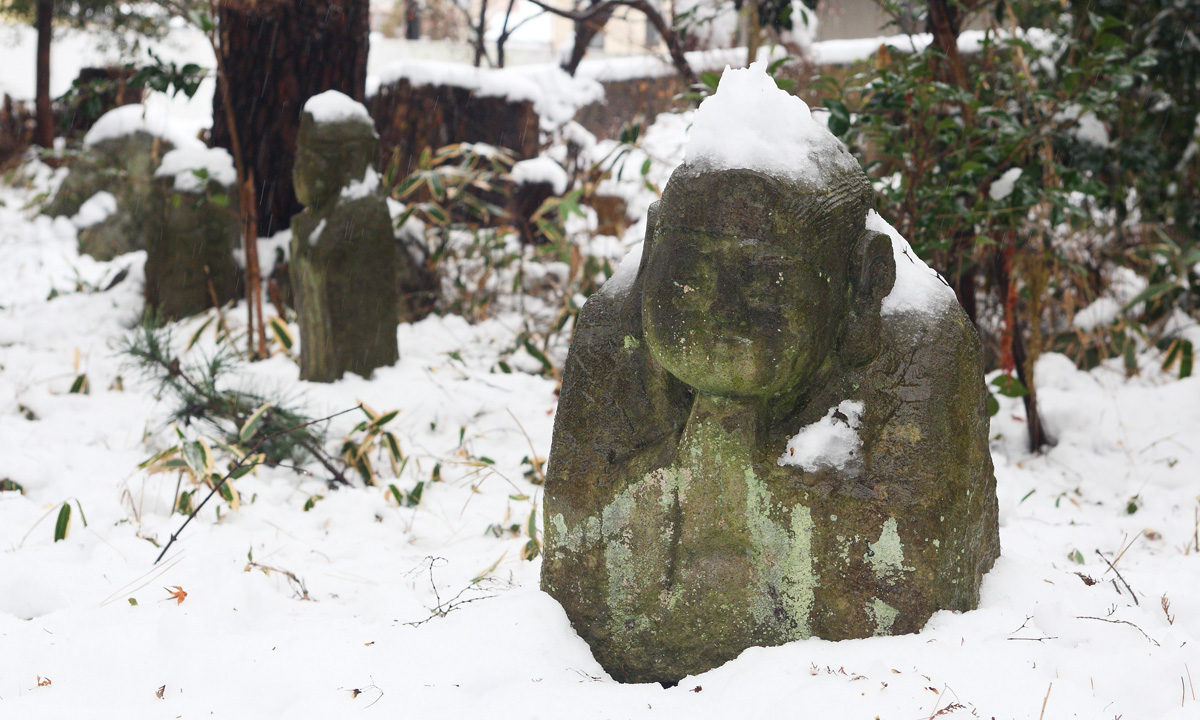History of Sankō-in Temple
In 1934, wealthy heiress Naraei Nishino used her inheritance to build the temple as a tribute to the imperial advisor Monk Sankō, who was especially trusted by Emperor Godaigo of the late Kamakura Era (ca. 1300AD). The temple was established as a Rinzai Zen temple under Mt. Taigen, dedicated to Shakyamuni Buddha.
Nishino wished the temple to be a convent for women, so monk Eiju Mamiya, head of Hoko-ji Temple (a head temple of the Rinzai school of Zen) worked to make that a reality. In 1937, Soei Yoneda was invited from Donge-in Temple in Sagano, Kyoto to become the first abbess of Sankō-in.
Donge-in Temple is a monzeki convent of the Rinzai school also known as the Bamboo Palace (Takenogosho). Donge-in originated from Tsūgen-ji, one of the five convent temples built by the nun Chisen, a great-granddaughter of Emperor Juntoku. After it was built, the temple was passed on through the generations to nuns that were princesses and empresses of the royal families, and daughters of noble families. Donge-in ranks 3rd among the 7 monzeki convents in Kyoto. Having trained in the culinary arts at Donge-in, abbess Soei brought to Sankō-in with her the shōjin cooking in the style of the Bamboo Palace, a tradition that dates over 600 years back to the Muromachi Era.
These culinary art style of Takenogosho were passed on from abbess Soei to abbess Kōei, and then from abbess Kōei to her chosen successor, Kōshun Nishii. Sankō-in also came to be known as a terakoya school, hosting a variety of popular classes in topics such as Buddhist calligraphy and drawing, the art of drawing Buddhas, music therapy, French, making futomaki rolls, and nature walks.
As an interesting historical note, the temple’s founder Nishino was the daughter of Sasuke Miki (1852-1926). Sasuke Miki was the 4th generation running the family business of Miki Instruments (Miki Gakki), the business that began in the docks of Osaka and pioneered the introduction of Western music, including instruments and sheet music. In 1888, Sasuke Miki put a Yamaha Organ on the market, and the year after that, a Suzuki violin; he also contributed to the creation and publication of music textbooks. The company even produced its own brand of piano. Sasuke published the Railroad Song (Tetsudo Shoka) in 1900, which became a national hit, and he would later gain a monopoly on the import of Steinways from Germany.
